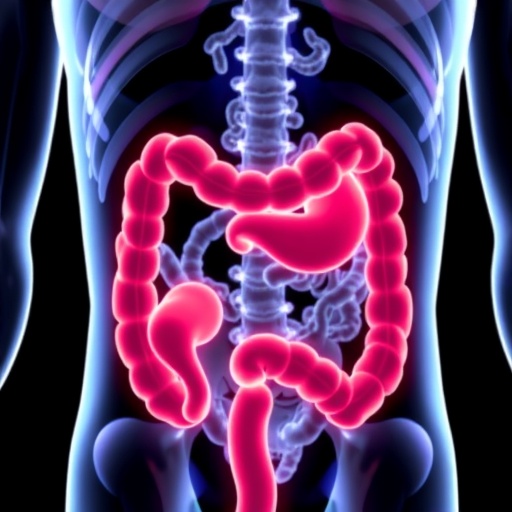Desert lands cover about a quarter of the Earth's land mass and are home to some half a billion people and yet they are commonly portrayed as extreme places with marginalized communities. The people who live there are often perceived as living in hardship and isolation and surviving largely due to subsidies from the "mainstream" economy. New research published in the International Journal of Sustainable Development suggests that for some desert regions, particularly Australia's "outback", there is huge potential given appropriate infrastructure and investment in it to become a place of great prosperity and wellbeing.
Digby Race of the Cooperative Research Centre for Remote Economic Participation, in Alice Springs and The Australian National University, in Canberra and colleagues from other universities, report that there is great potential for 200,000 people who live in Australia's vast desert area which covers about 3.6 million square kilometers. However, the team asserts, "The multi-dimensional nature of the debate about the future of Australia's desert region often leaves policy makers with little overarching synthesis to guide public policy."
The desert region of Australia includes the traditional homelands of many Aboriginal peoples, the team points out, and over the last century or so has developed a mixed economy based on pastoral operations, government education and health services, gas and mining operations, and tourism. However, the Aboriginal peoples commonly remain marginalized by mainstream society. The researchers have now drawn together research on climate change, energy, housing and transport to provide an analysis that spans disciplines of how Australia's desert region could become a highly livable and prosperous area for existing and new residents. It is, of course, hoped that such development would be in concert with the preferred lifestyles of the Aboriginal peoples.
"While there will always be uncertainty about future conditions and challenges, investing in strategies that are culturally appropriate, have little regret (low risk) and provide multiple benefits appears the best pathway," the team suggests. "That is, investing in the connectivity and mobility of remote communities, creating a coordinated transport system, transitioning to renewable energy, and building super energy efficient housing can all be elements of re-designing the livability of desert Australia."
###
Race, D., Dockery, A.M., Havas, L., Joyce, C., Mathew, S. and Spandonide, B. (2017) 'Re-imagining the future for desert Australia: designing an integrated pathway for enhancing livability', Int. J. Sustainable Development, Vol. 20, Nos. 1/2, pp.146-165.
Media Contact
Albert Ang
[email protected]
@inderscience
http://www.inderscience.com
############
Story Source: Materials provided by Scienmag




